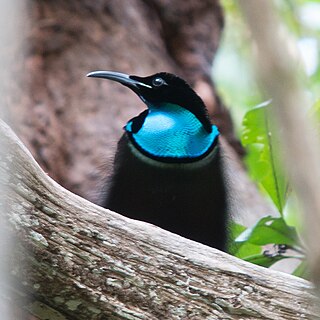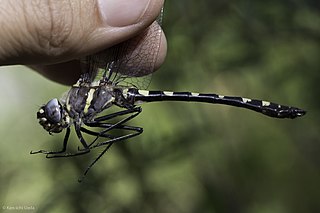
Abies magnifica, the red fir or silvertip fir, is a western North American fir, native to the mountains of southwest Oregon and California in the United States. It is a high elevation tree, typically occurring at 1,400–2,700 metres (4,600–8,900 ft) elevation, though only rarely reaching tree line. The name red fir derives from the bark color of old trees.

Abies procera, the noble fir, also called red fir and Christmas tree, is a western North American fir, native to the Cascade Range and Coast Range mountains of extreme northwest California and western Oregon and Washington in the United States. It is a high-altitude tree, typically occurring at 300–1,500 m (980–4,920 ft) altitude, only rarely reaching the tree line.

Leucaena leucocephala is a small fast-growing mimosoid tree native to southern Mexico and northern Central America and is now naturalized throughout the tropics including parts of Asia.

Leucaena is a genus of flowering plants in the mimosoid clade of the subfamily Caesalpinioideae of the legume family Fabaceae. It contains about 24 species of trees and shrubs, which are commonly known as leadtrees. They are native to the Americas, ranging from Texas in the United States south to Peru. The generic name is derived from the Greek word λευκός (leukos), meaning "white," referring to the flowers.

The magnificent riflebird is a species of passerine bird of the family Paradisaeidae.
Leucaena cuspidata is a species of flowering plant in the family Fabaceae. It is found only in Mexico. It is threatened by habitat loss.
Leucaena greggii is a species of plant in the family Fabaceae. It is found only in Mexico. It is threatened by habitat loss. The species name greggii honors Josiah Gregg, a merchant, explorer, naturalist, and author of the American Southwest and Northern Mexico.
Leucaena involucrata is a species of flowering plant in the family Fabaceae. It is endemic to Sonora state in northwestern Mexico.
Leucaena lempirana is a species of plant in the family Fabaceae. It is found only in Honduras.
Leucaena matudae is an endangered species of plant in the family Fabaceae. It is found only in Mexico.
Leucaena pueblana is a species of plant in the family Fabaceae. It is found only in Mexico. It is threatened by habitat loss.

Leucaena salvadorensis is a species of flowering plant in the family Fabaceae. It is found in El Salvador, Honduras, and Nicaragua.
Kentiopsis magnifica is a species of flowering plant in the family Arecaceae. It is found only in New Caledonia.
The magnificent web-footed salamander is a species of salamander in the family Plethodontidae. It is endemic to Panama. Its natural habitat is subtropical or tropical moist montane forests. It is threatened by habitat loss.
Mangifera magnifica is a species of tree in the family Anacardiaceae. Its common name is Machang Pulasan.
Rafflesia mira is a member of the genus Rafflesia. It is endemic to the rainforest of Mindanao, Philippines and can only be found in the vicinity of Mount Candalaga, Compostela Valley province. The species was described later in 2005 by Madulid et al., as R. magnifica, but this name is a later synonym. According to the IUCN the species is found in only one unprotected locality: Mt.Candalaga Range in Maragusan, Compostela Valley, where the individuals are distributed in small groups. A road infrastructure project is planned on part of the mountain. Moreover, the lower mountain slopes are being converted into banana plantations. Currently there are not any protective measures in place.

The magnificent sunbird is a species of bird in the sunbird family which feed largely on nectar, although they will also take insects, especially when feeding young. Flight is fast and direct on their short wings. Most species can take nectar by hovering like a hummingbird, but usually perch to feed most of the time. It is endemic to the western Philippines found in the Visayan islands of Negros Island, Panay, Cebu, Tablas Island and Romblon. It wasas once considered a subspecies of the crimson sunbird which is found in Borneo, Sumatra and Sulawesi.

Protea magnifica, commonly known as the queen protea, is a shrub, which belongs to the genus Protea within the family Proteaceae, and which is native to South Africa.

Macromia magnifica, the western river cruiser, is a species of cruiser in the dragonfly family Macromiidae. It is found in Central America and North America.
Melanopsis magnifica is a species of freshwater gastropod endemic to oases and wadis in Morocco.









